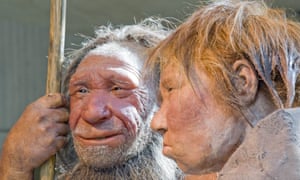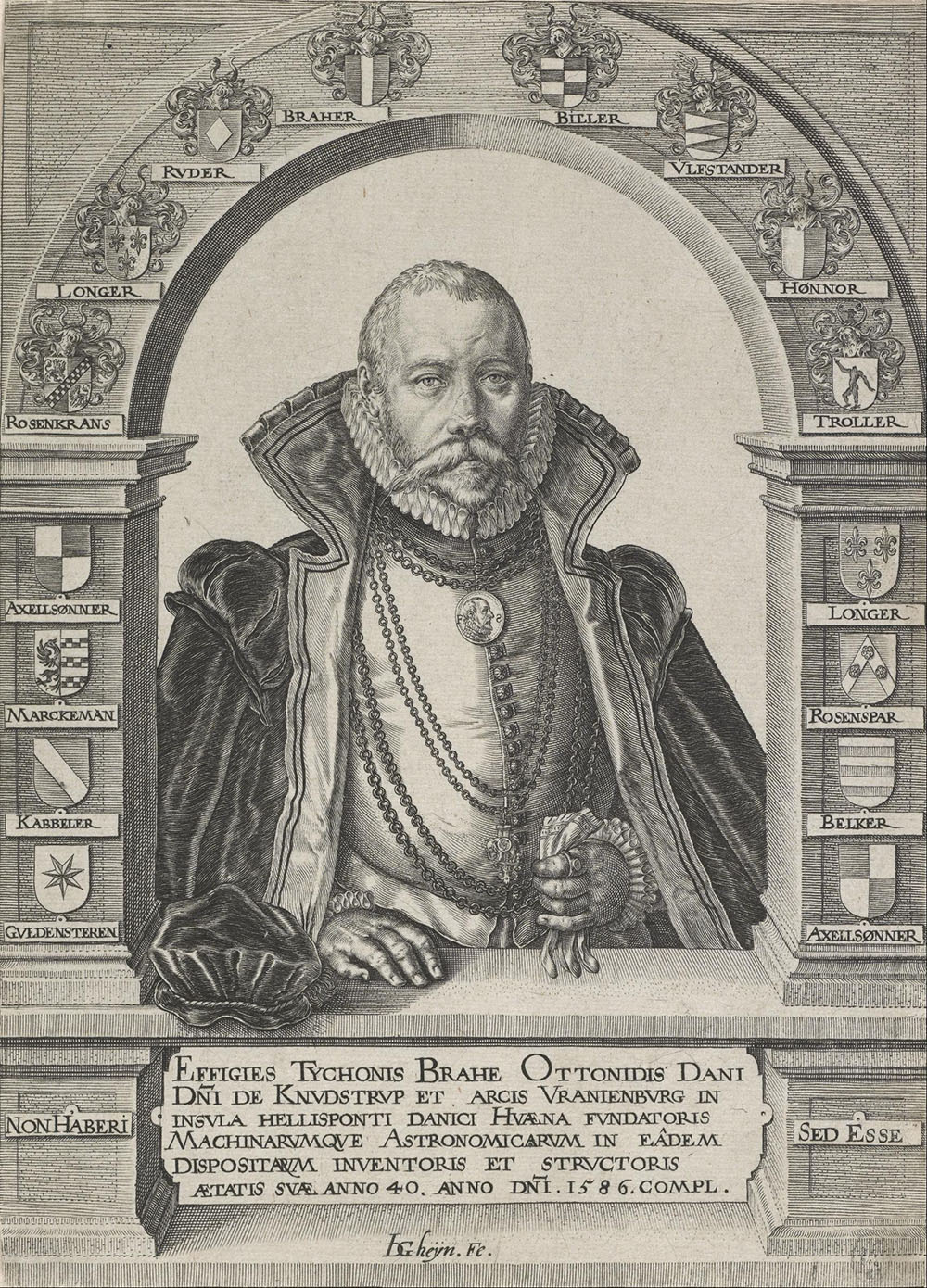via About History by Alcibiades

1. Surpassing their idols, the ancient Greeks, surgeons following the legions of Rome came up with numerous methods that progressed medicine. The most famous one is the band aid, made from woven cobwebs, honey and vinegar. It made for speedy healing of wounds.
Continue reading
I am not sure I would have used the word “shocking” for this fact but hey, what do I know?
==============================
via the Big Think blog by Philip Perry
We’ve been taking our eyebrows for granted. They may in fact be the thing that let us become the dominant species on Earth.
Eyebrows. You might not think much about them unless you have to manicure or shape them. Even then, they’re generally an afterthought. But have you ever wondered why in the world we have them to begin with? After all, our primate ancestors had hair all over their face. Why did it recede everywhere but at these two curvy places just above our eyes?
The initial response—one that your first-grade teacher may have given you—is they helped keep dirt and crud out of our eyes. But is that all? According to a recent study published in journal Nature: Ecology & Evolution, it’s our ability to communicate with these furry accent marks that gave our species an evolutionary advantage.
Continue reading
==============================
via Interesting Literature
A poem about hopeless love
A. E. Housman (1859-1936) remains a popular poet with many readers not least because he so poignantly captures the feelings of heartbreak and hopeless love in his work. He is perhaps the unofficial Laureate of the Broken Heart: nobody has said it better. His short poem ‘Because I liked you better’ is about doing the noble thing and agreeing to give up chasing the one we love, because we know they can never return our love.
Continue reading
==============================
via the OUP blog by D. Bruce Hindmarsh

“Full Moon photograph taken 10-22-2010 from Madison, Alabama, USA” by Gregory H. Revera. CC BY-SA 3.0 via Wikimedia Commons
T.S. Eliot admired the way seventeenth-century poets could bring diverse materials together into harmony, and for whom thought and feeling were combined in a unified sensibility. However, he famously described a kind of dissociated sensibility that set in at the end of the century with the advent of mechanical philosophy and materialist science. This made it more difficult to hold together the spiritual with the material. What, after all, is the response of a unified sensibility (of thought, feeling, and religious devotion) to particulate matter in void space obeying abstract mathematical laws?
Continue reading
==============================
via the Guardian by Nicola Davis
Study appears to rule out theory that Neanderthals’ facial shape was adapted for a powerful bite

Reconstructions of a Neanderthal man and woman at the Neanderthal museum in Mettmann, Germany. Photograph: Martin Meissner/AP
With their prominent noses, protruding faces and swept-back cheekbones, Neanderthals were nothing if not striking. Now researchers say they have unpicked why our big-browed cousins had such distinctive features.
Previous research has suggested a number of possible explanations for Neanderthals’ facial shape, including that it enabled a forceful bite with the front teeth – a theory based on their relatively large incisors and signs of tooth wear.
“As well as the processing of food, it looks like they were using their teeth [for] gripping as a third hand, and that of course would put a lot of force on the front of the jawbone,” said Dr Chris Stringer, head of human origins at the Natural History Museum in London and a co-author of the new study.
Continue reading
==============================
via the Big Think blog by Alex Fradera
A study published in Applied Cognitive Psychology suggests that believers struggle to understand the physical world.
The number of people who claim to have “No religious belief” is fast-growing in America and Europe, but the number expressing religious belief is growing faster. What’s more, the irreligious category includes fans of astrology, tarot reading or the paranormal. The tenacity of supernatural belief has prompted scientists to try understand its basis, and so far their answers have mostly implied a defect in believers: the religious have a bias in their visual attention; people with supernatural belief fall for bullshit statements. Now, in a study in Applied Cognitive Psychology, comes the suggestion that believers struggle to understand the physical world.
Continue reading
==============================
via Arts & Letters Daily: Natalie Eliot in The New Atlantis
New scholarship reveals a Bard brooding over the science of his day. What can we learn from his vision of cosmic upheaval?
In Act V of Hamlet, after Hamlet has killed Polonius, Ophelia has died, and Hamlet has returned to Denmark from his murderous trip to England, he happens upon two gravediggers. It is an odd and puzzling scene, and a noticeable departure from the rising action of the play. At this juncture, we expect Hamlet to clash with his rivals. Instead, we get a deeply philosophical and darkly comic exchange on death, with the gravediggers singing as they toss around bones and Hamlet wondering about the lives of the skeletons before him.

This is one of several versions of the Danish astronomer Tycho Brahe’s portrait that appeared as a frontispiece in his books in the 1590s. Among the names of his relatives surrounding the portrait are Rosenkrans and Guldensteren, both on the left side of the image.
Continue reading
==============================
via Boing Boing by Andrea James

YouTuber Andre Will Do It found a butcher's knife that was coated in rust, with pitting over 2 millimeters deep on both sides. He almost gave up before eventually restoring it to excellent working condition.
Continue reading (and watching)
==============================
via About History by Alexios

Perhaps the longest running rivalry in human history is between the Persians & Romans, and this article aims to give an insight into some of the battles between these two great powers.The battle of Carrhae (May 6th, 53 BCE)
The battle of Carrhae was a battle between the 40k-50k strong Roman force led by popular politician Crassus against the 10k strong Parthian force led by General Surena. the last two century consisted of relatively consistent fighting between the two powers ever since the decline of the Seleucid Empire, with the Seleucid Empire practically eliminated the two new powers of Rome & Parthia met in Mesopotamia and from there began the hostilities.
Crassus was a powerful and influential politician, having attained much wealth over the course of his career, however Crassus lacked one thing, Military glory. Crassus came to the conclusion that a military victory over a Parthian force would give great respect & fame across the Roman world, he assembled an army of over 40k-50k, consisting of roughly 30k Milites & the remainder being Auxiliaries.
Continue reading
==============================
via Interesting Literature
On one of the earliest Easter poems
As Easter approaches, we’re going to share some of our favourite Easter-themed poems over the next couple of weeks, in the run-up to Easter Day. First up, a wonderful late medieval poem. ‘Done is a battell on the dragon blak’: as opening lines go, it’s one of the most arresting. Sometimes alternately titled ‘On the Resurrection of Our Lord’, the poem is a masterpiece of Scottish medieval poetry. The author of this barn-storming opener was the medieval Scottish poet William Dunbar (c. 1465-c. 1530).
Continue reading
No comments:
Post a Comment